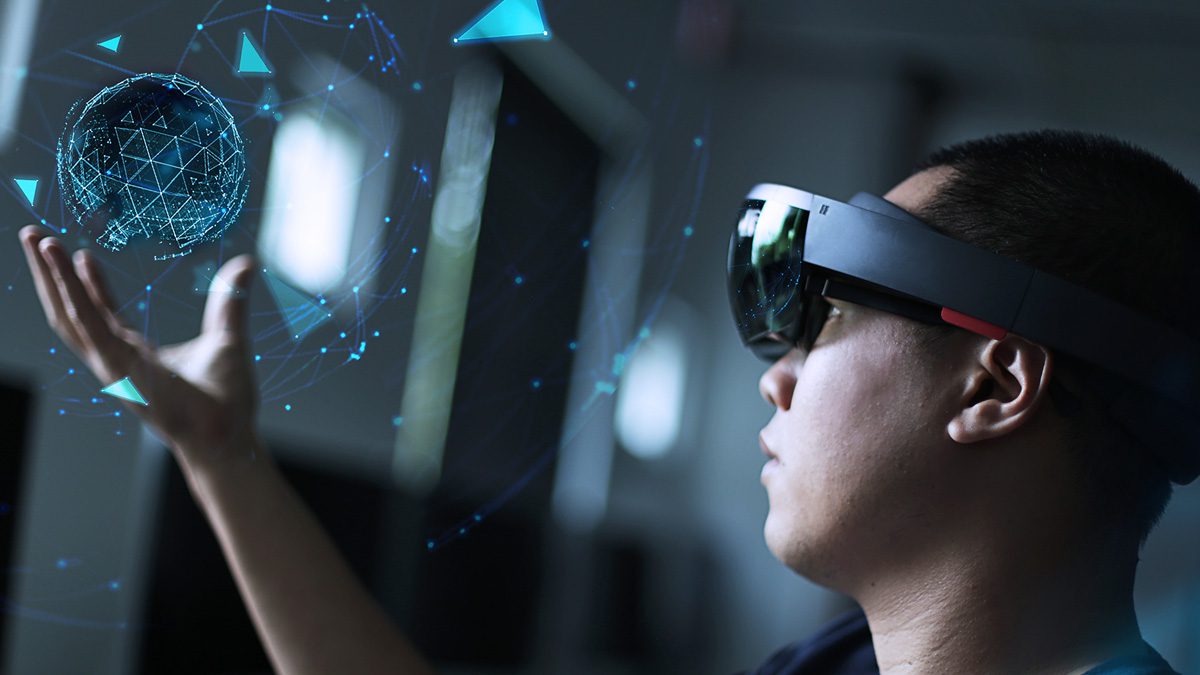How the power of Augmented Reality jolting businesses?

Augmented reality or AR, is an interesting technology that takes computer-generated animations and images and superimposes them on what are described as real-world views. The Pokemon Go game was a mainstream iteration of augmented reality. If you aren’t familiar with the game, players use the cameras on their smartphones to show their surroundings.
They then try to catch the superimposed Pokemon.
Of course, there are lots of applications outside of Pokemon Go as far as augmented reality.
For example, it’s increasingly used in education to show learning materials that are superimposed on real-world views – medical training is a common application of this right now.
The following is an overview of augmented reality and some of the ways it might affect business.
The basics of Augmented Reality
Augmented reality is already here in so many ways, despite the fact that it can sound like a technology of the future.
In addition to Pokemon Go and medical training, the Snapchat app is an example of augmented reality. If you’ve ever used Snapchat, you’ve seen how the different lenses and filters work.
Other examples of AR in daily life include our navigation systems, which show us a route superimposed on top of our live road view, and home stores like IKEA use AR apps so that you can visualize how furniture will look in your home.
There can be confusion between augmented and virtual reality, but the two are distinct from one another.
Virtual reality is the use of computer-generated environments that you can interact with. Augmented reality is not about creating a new environment, but instead adding to what you would normally see in reality.
The history of AR goes back to the 1990s when it was used by fighter pilots so they could see details of altitude, the speed of the plane and direction. A few years later, they were able to use it to show the objectives that were targeted in their field of view.
The now-defunct Google Glass was an example of AR as well. It was a set of glasses that would respond to voice commands and overlay images as well as sounds and videos on the screen.
Research in the area of AR is focusing primarily on wearable devices such as contact lenses and glasses.
Of course, as is so often the case with new technology, there are concerns to be addressed and worked out as far as augmented reality and potential privacy concerns.
So what about the implications of AR in business? Harnessing the power of AR in your business could potentially bring significant competitive advantages, particularly if you’re proactive in doing so.

No comments